Following a period of almost eight years without an increase to prime rate, the increase we saw back in July was the fourth in the past year. But is the Bank of Canada finished with their rate increasing rampage? Not quite.
The next rate announcement will be coming on September 5th, where we can almost certainly expect another 0.25% increase to the overnight rate, which in turn, increases prime rate by the same amount. This would bring the prime rate to 3.95%. So the Bank of Canada will probably chill out for a bit after that, right? I sure hope so, but I can hope all I want. It’s likely that there will be at least one more increase in the first half of 2019, and quite likely, two before the end of the year. Should we see three more increases to prime rate, this would bring the prime rate to 4.45%.
Does this mean that you should look at converting your variable to a fixed rate? For anyone who has read Beat the Bank, or who has followed me over the years will know that I’m not a fan of this strategy. This doesn’t mean you should never lock in however, as there are exceptions. It really comes down to the difference between your current variable rate and what your lender is offering you for a fixed rate. For example, if you are currently in a variable rate mortgage of prime -0.40% (3.30%), and your lender is offering to lock you in at 3.59%, then this may be something to consider. If the prime rate increases in September, as expected, then your rate would increase to 3.50%. Now you’d only be 0.09% lower than the fixed you were offered. One more increase to prime rate, and you’re variable rate is now higher than the fixed.
Remember, variable rate mortgages are exactly that. Variable. They float up and down, and can trend in either direction. The current trend is of course upward. As a stock market investor, I always used to sell off my positions as soon as my stocks started to trend downwards. Quite often, the sold stocks would then shoot back up, often reaching new highs. A few years ago, I started buying and holding. Riding my positions through the ups and downs. The result? I started making money. This is not all that different from variable rate mortgages. We might see a few more increases, but there is nothing to say that it won’t start to come back down again after that. Over the past 30 years, people have typically come out ahead with a variable rate mortgage.
Keep in mind, your home is your home, not an investment. Trying to figure out the ‘right choice’ can be enough to drive a person crazy. The right choice is not always the one that saves you the most amount of money. It’s the one that allows you to sleep soundly at night. If you are concerned about rising rates to the point where you are fraught with anxiety every time the word ‘mortgage rate’ is mentioned in the news, then converting might be the best option. If that sounds like you, then convert to a fixed and put your mind at ease!
If unsure, run your situation by me. In some cases, it may even make more sense to pay a penalty with your current lender and switch to another if the rate is that much better. The other lender’s rate may very well be low enough to offset the penalty you would pay by switching early.


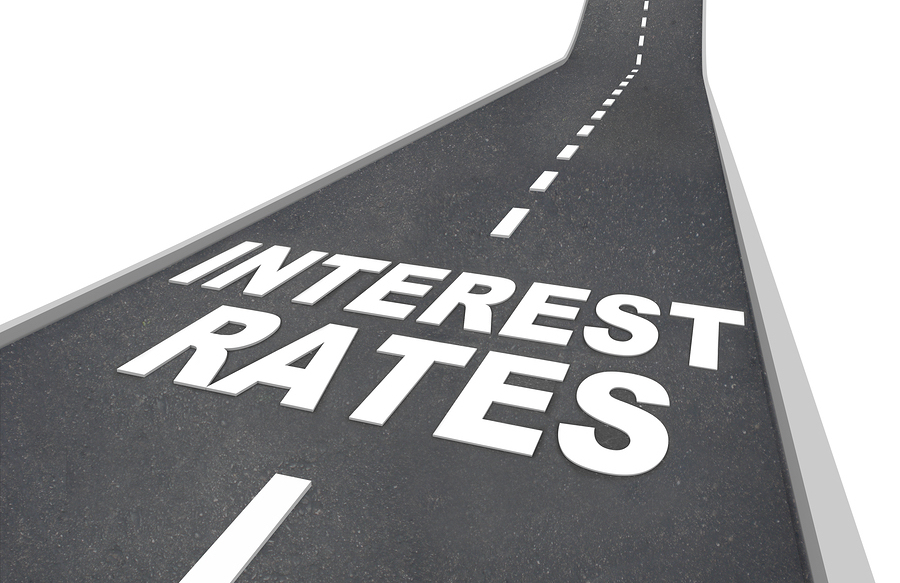
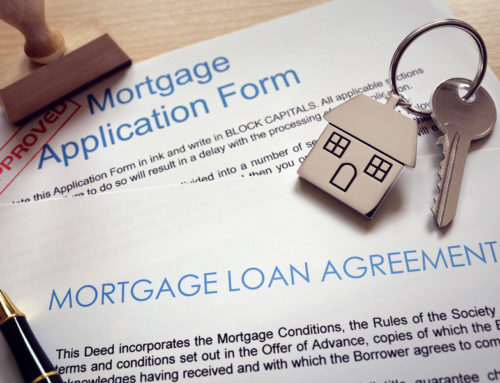

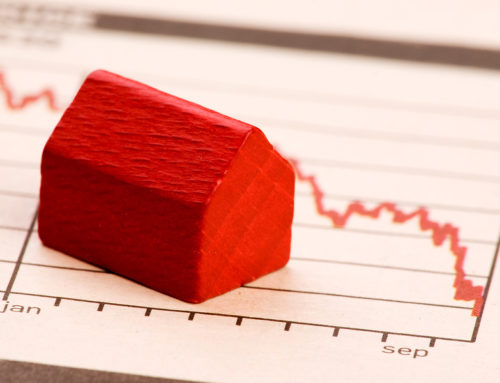
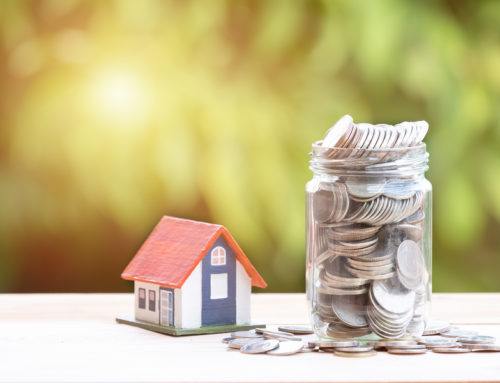
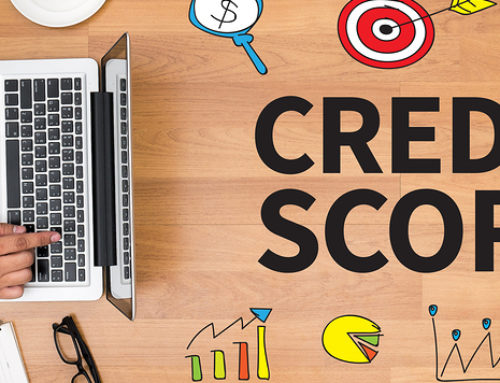
Leave A Comment